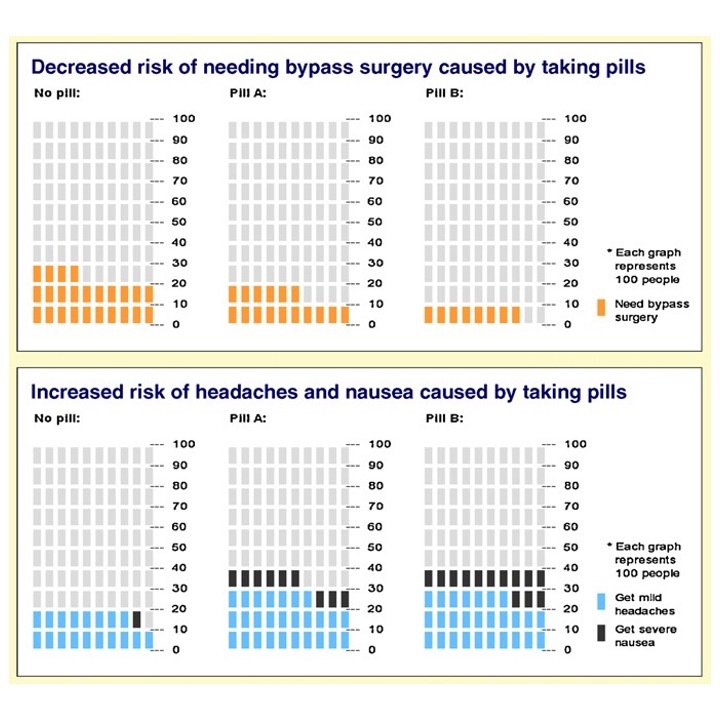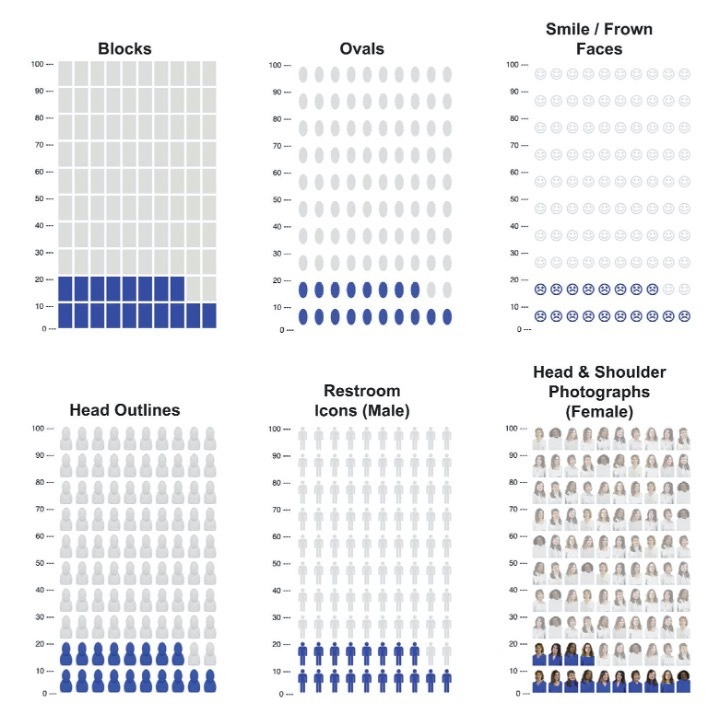Patient Decision Aid design for effective communication of risk information. (A case study of anticoagulant drug selection in patients with atrial fibrillation)
 |
|
Meng-Cong Zheng, Professor Department of Industrial Design, National Taipei University of Technology Expertise: Evidence-based design, Public design, Design psychology, Knowledge visualization |
Contents
Nowadays, smart healthcare is widely using information and communication technology in medical care to improve medical efficiency and quality of medical services. People can receive more appropriate treatment and preventive health care services, and patient decision aids (PDA) are no exception. The design team will act as a bridge between the medical profession and patients to reduce the user cognitive gap. We hope to improve risk perception through user observation and interviews, strengthening user-centered and deepening human-centered medical services.
Expected result
Based on the existing internationally developed PDA contents, we investigate and design the risk information interface. We hope to gradually define the PDA interface design specification and elevate the effective communication of risk information in medical shared decision making.
Benefits to industry
We emphasize user-centered concepts that allow users to operate PDA simply, efficiently, and with pleasure, while receiving accurate risk information. The results of the project will enhance the quality of medical services and promote the development of the precision medicine industry.

Icon arrays can help people overcome misinterpretations of natural tendencies and reduce bias. It is an effective way to convey risk.

Brian J Zikmund-Fisher et al. study, among the six types of icons, the male and female restroom icons were the most advantageous that could significantly enhance the viewer’s memory of risk.